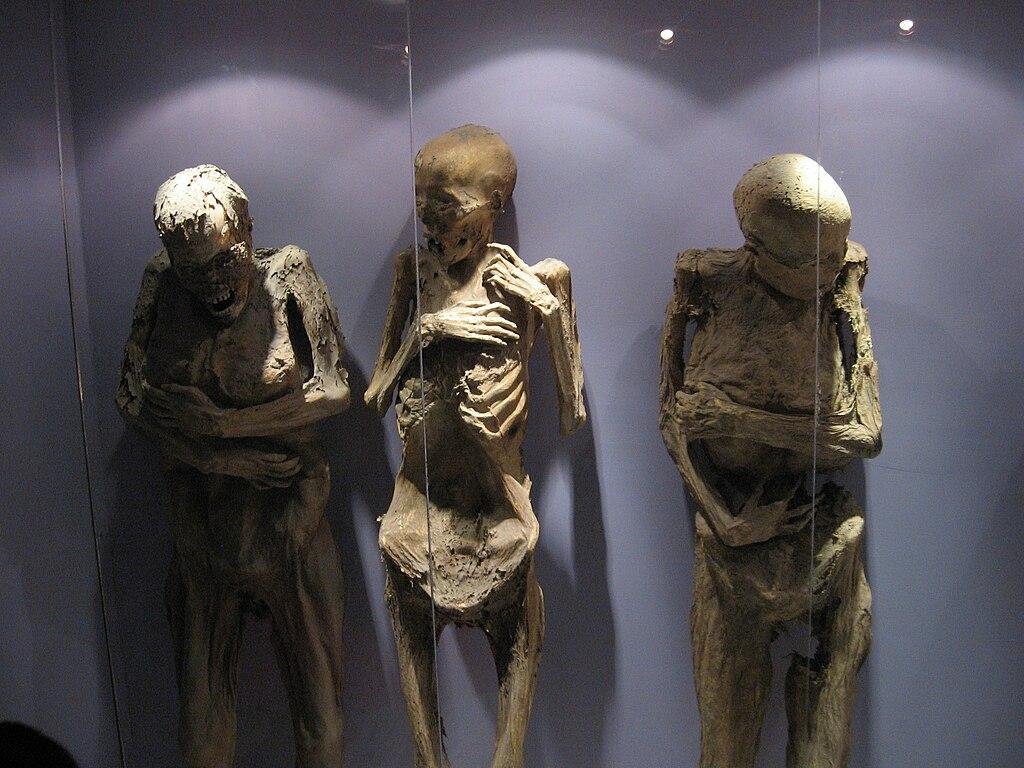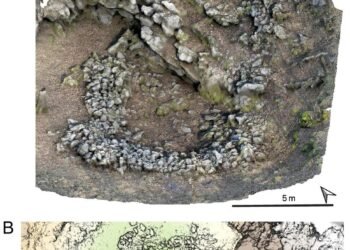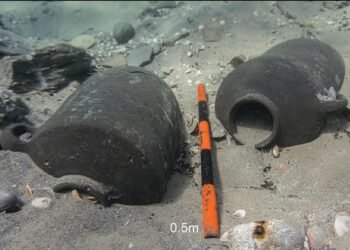According to the Associated Press, Mexican government experts expressed their concerns about the potential health risks posed to the public by a traveling exhibit of mummies from the 1800s.
These preserved corpses were unintentionally mummified due to being buried in crypts with dry, mineral-rich soil in Guanajuato, Mexico. Some of the mummies still have hair, leathery skin, and even their original clothing.

However, the National Institute of Anthropology and History released a statement stating that one of the mummies appeared to have fungal growths, raising further concerns about the safety of displaying them to the public.
The institute distanced itself from the decision made by the state government to showcase six of the mummies in glass cases at a tourism fair in Mexico City. It remains unclear whether the cases are airtight and the institute reported that it had not been consulted regarding the exhibit.
The institute expressed its concern about the lack of safety measures for the public regarding the exhibition of the mummies. “It is even more worrisome that they are still being exhibited without the safeguards for the public against biohazards.” stated the institute. In November 2021, the institute inspected one of the displayed corpses and found evidence of potential fungal growth.
“From some of the published photos, at least one of the corpses on display shows signs of a proliferation of possible fungus colonies,” the institute added.
It stressed the importance of studying this issue further to assess the potential risks to the cultural legacy, as well as to those who handle and view the mummies.
The mummies are usually on display in the Guanajuato state capital, but they have been exhibited in other locations, including the United States in 2009.
These preserved bodies are believed to have been naturally mummified due to factors such as the climate and mineral-rich environment, as well as the sealed crypts in which they were buried. The mummies were excavated from the 1860s onwards because their families could no longer afford burial fees and were subsequently put on display.























